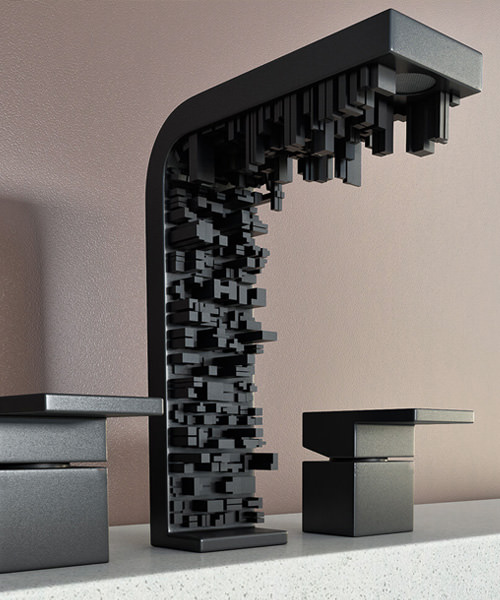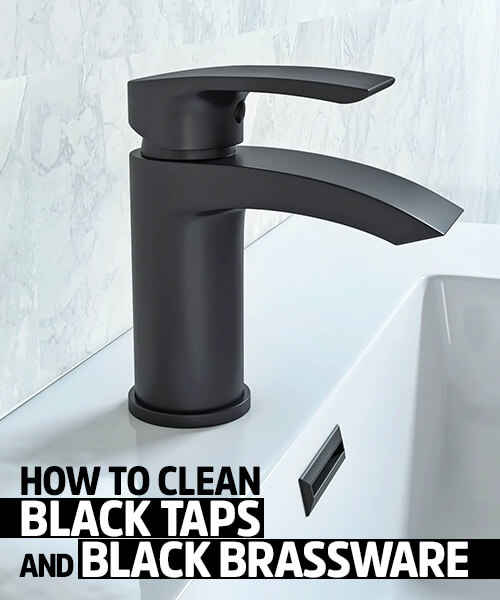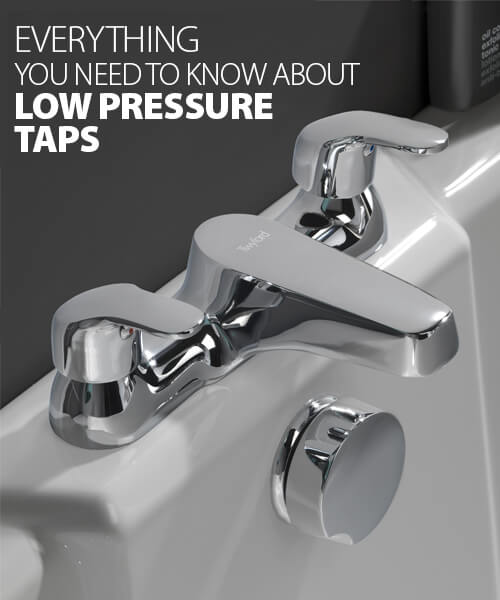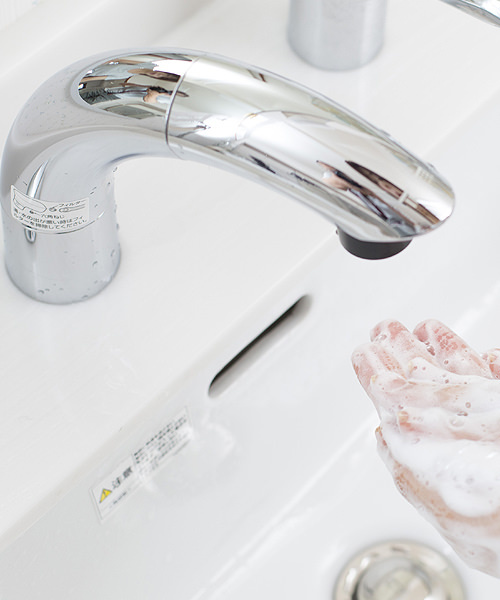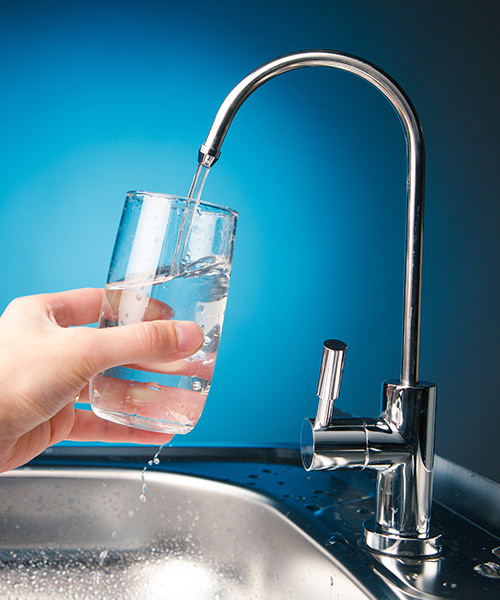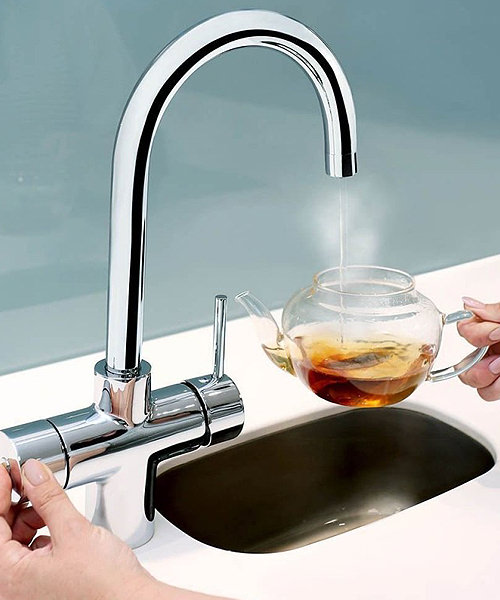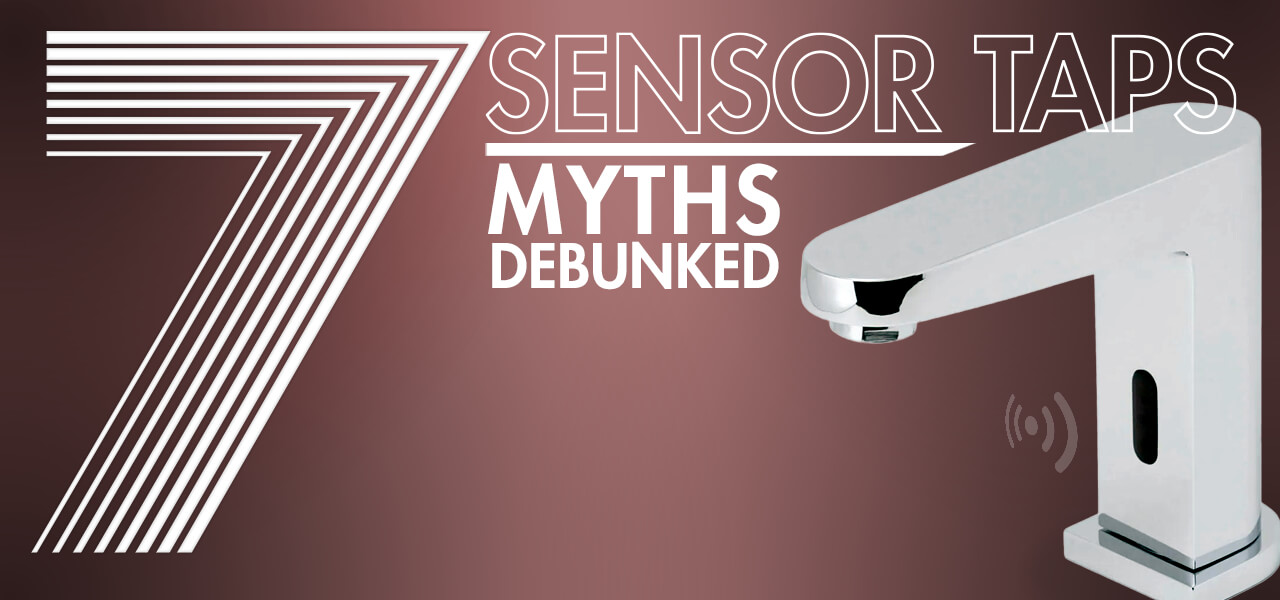
Automatic Sensor or touchless taps are simply great choices for a bathroom renovation or remodelling project, as they have emerged as sustainable and hygienic solutions in recent times. Such a touchless, germ-free operation is enabled via built-in sensors for quick and hands-free activation, with zero risk of cross-contamination. These automatic taps employ Infrared (IR) or Capacitive Technology to create touchless, automatic systems.
Capacitive sensors detect objects, such as hands, using the electrical properties of the human body to trigger a response. The majority of sensor models use IR technology to detect movement and activate the tap. These bathroom taps are an excellent alternative to standard manual taps as they offer convenient handle-less use and are also extremely water efficient.
Sensor-enabled taps have been around for years, and today, almost every brand has them in their taps collection. However, these smart taps have yet to see widespread adoption like their manually operated counterparts. A big reason for this is the myths and misinformation associated with them.
Sensor taps are not easy to install and are not ideal for retrofitting.
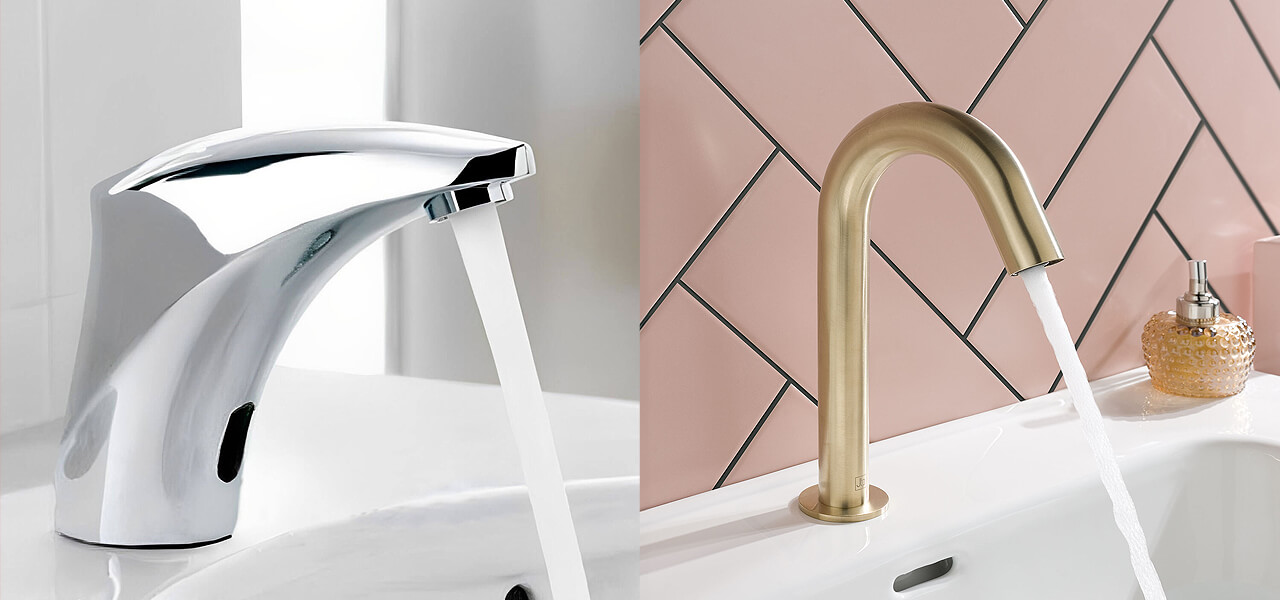
Reality: Nothing can be far from the truth. Sensor taps usually have the same installation methods as any other tap model. Besides a host of features, these taps come with practical and straightforward installation mechanisms. For instance, the Grohe Euroeco range of Infra-red Electronic Taps comes with a rapid installation system, designed for quick and hassle-free installation.
Many models are designed with retrofitting in mind without the added headache of difficult assembly or confusing instructions. Some are available with deck plates that cover drilled holes in the sink, and you can easily retrofit them. At QS Supplies, we offer automatic sensor taps from leading brands such as Ideal Standard, Hudson Reed, Bristan, Delabie, and Tre-Mercati with simple installations.
Sensor taps are difficult to operate and maintain

Reality: Sensor taps are automatic, which creates a perception that they may be a trouble to use. This may also be the hangover from the early days of sensor technology when sensors failed to provide expected responses, and taps faced some initial hiccups. Since then, modern technology has not only made sensors more responsive and functional but also has enhanced the reliability quotient.
Our products incorporate high-quality infrared sensors that are reliable in detecting motion to start the water flow each time. Some of our brands offer sensor technology that responds exactly to your hand position and even adjusts the sensitivity of the sensors if that is needed in certain situations.
Sensor taps are difficult to maintain
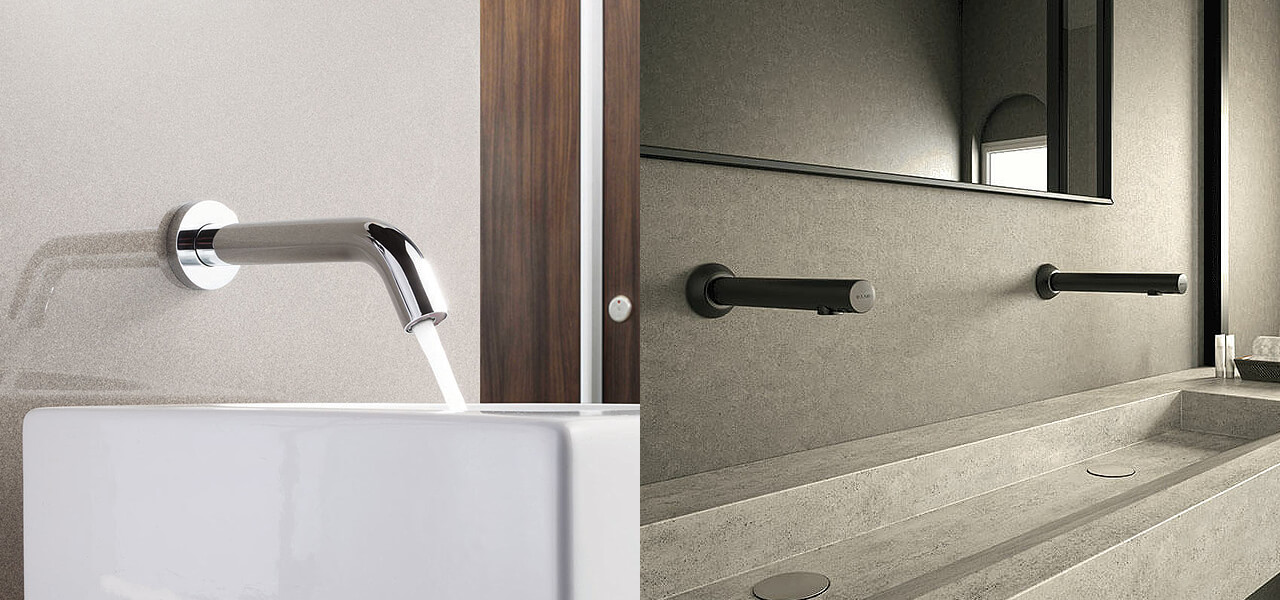
Reality: The only maintenance tasks for sensor taps are replacing batteries, as almost 90 percent are supported by battery operations, in addition to mains operation. If your tap is battery operated, batteries won't usually drain out frequently and are easily replaced.
The other common issues are non-responsive or continued water flow, sensor light issues, and fast-draining batteries. These problems are quickly and easily sorted by simple adjustments of the sensors and replacing batteries. To prevent such issues from cropping up in the first place, you need to follow a regular maintenance routine with an occasional cleaning of the filter.
Sensor taps are easy targets for vandals.
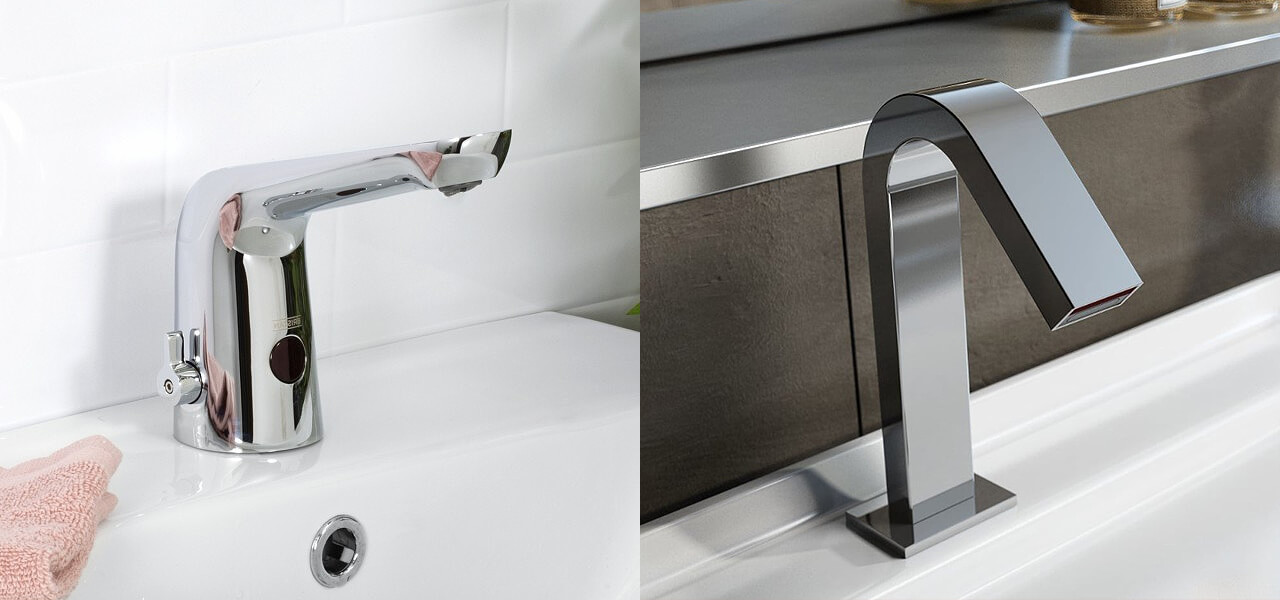
Reality: The perception that automatic sensor taps are an easy target for vandals is because they are usually seen in public areas such as malls and restrooms. In fact, due to their mechanics and potential for commercial use, sensor models are usually made with robust, advanced designs to endure heavy use and resist vandalism. The USP of many models is their anti-vandal features.
The Crosswater MPRO Monobloc Basin Sensor Tap, available from our online store, includes anti-vandal features, while the Delabie Binoptic Mix Recessed Electronic Basin Mixer Tap has anti-blocking security features. Both are made for public environments such as offices, schools, and factories and come with features that resist vandalism.
The auto closing and anti-blocking system in this kind of sensor taps blocks off any water flow despite persistent efforts by vandals to force an activation. Besides saving your taps, this feature prevents flooding and other potential damage and also saves gallons of water. Another safety feature in Sensor taps is the pre-set water temperature in models especially made for commercial use. All other standard features, such as aerators or flow regulators to control water flow, are also available on sensor taps.
Touchless taps are only for public places
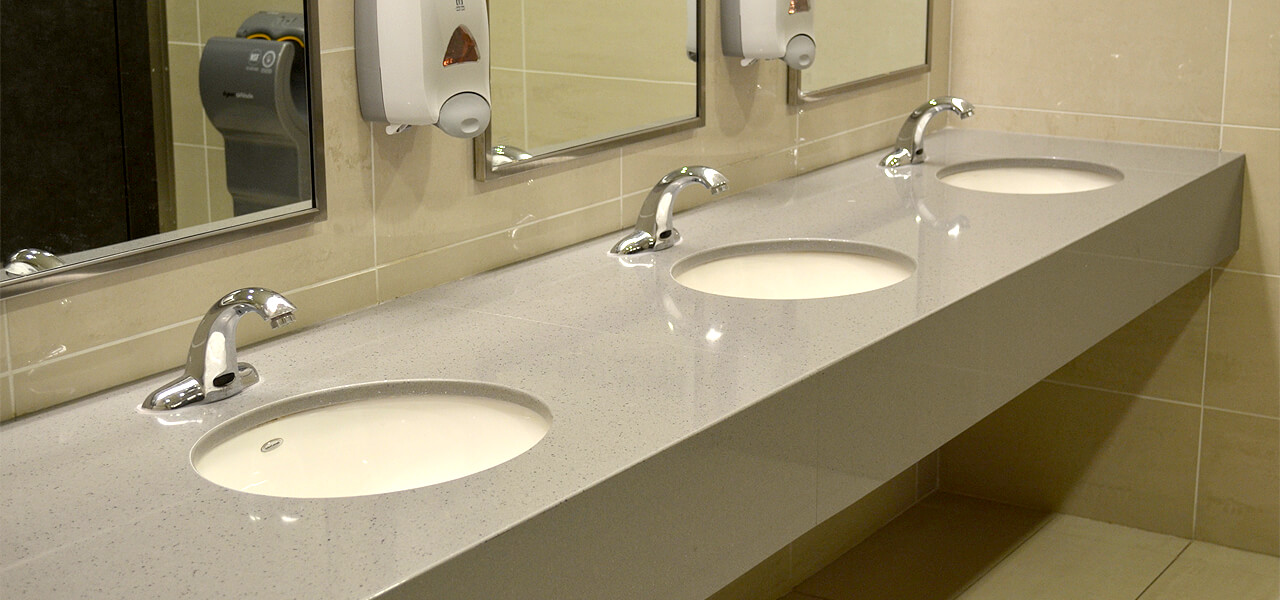
Reality: The benefits of touchless sensor taps are not just limited to hygiene but extend greatly to water and energy saving. These smart taps are a regular sight in schools, daycare centres and offices, and positive experiences have made them so popular that more and more people want to install them in their kitchens and bathrooms.
Brands like Delabie, Grohe, Crosswater, and Deva offer a wide range of smart basin taps in attractive designs, made for home use with simple installation mechanisms. Households are now enjoying improved hygiene coupled with environmental and economic benefits that come with sensor taps. Besides, their superior styling and finishes make them perfect for premium decor in modern homes.
A touchless Tap is an expensive tap
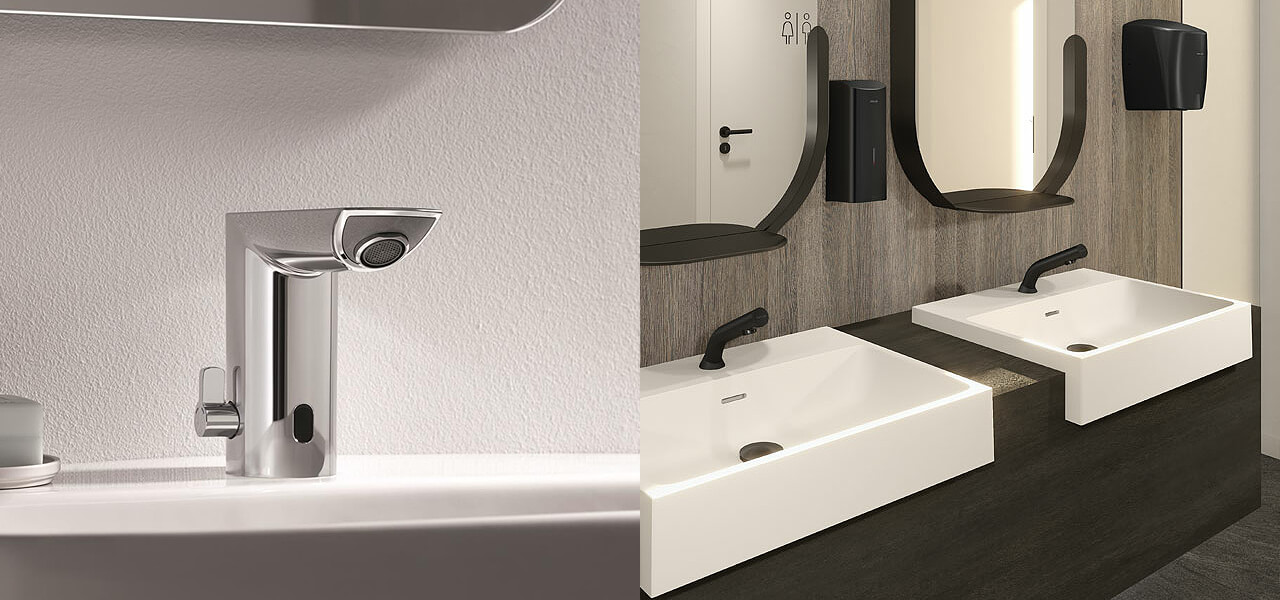
Reality: The solenoid valve, which is the main feature of a touch-free tap, though expensive, allows water to flow only when movement is detected. Thus, some contactless sensor models can be expensive to start with, but they conserve water and energy and pay for themselves over time. This ability to significantly reduce water and energy bills makes these taps a wise long-term investment. Plus, prices may vary depending on the quality, size, and range of the solenoid valve used in different models.
Touchless sensor taps have limited features
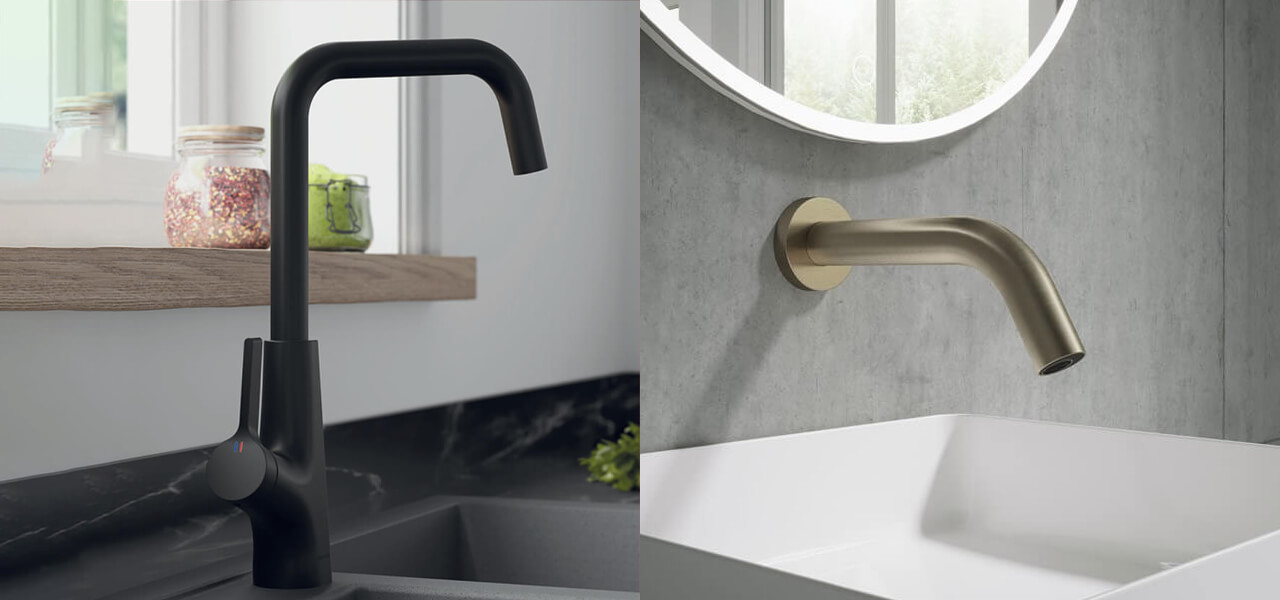
Reality: At our online store, you will find an outstanding collection of contact-free taps from leading brands. Each of the fixtures showcases its versatility with the amalgam of aesthetics and functionality. Besides contactless, hygienic use, many of our models come with smart features like temperature control, adjustable flow rates, and customisation options that enhance user experience. These fixtures also control water flow and reduce the use of hot water, leading to immense savings in water and energy expenditure. Most of these taps also comply with WRAS and BREEM regulations.
Conclusion
If you need other reasons to switch to modern sensor taps visit our dedicated page, which showcases some of the best Sensor taps with highlights of their features. From simple, practical infrared spouts to stunning luxury fixtures and fuss-free models, we have them all. With so many different choices available with high-quality styles, we are sure you will find one to be perfect for your home or office. We also stock a range of other basin taps, which includes, monobloc basin mixer taps, traditional basin taps, cloakroom taps, commercial taps and many more. With fuss-free mechanics and installations, our range of taps outperform cheaper models in the market. Every model is beautifully sheathed in a modern finish to enhance the sleek design and provide a perfect foil for bathware of different colours or textures.

